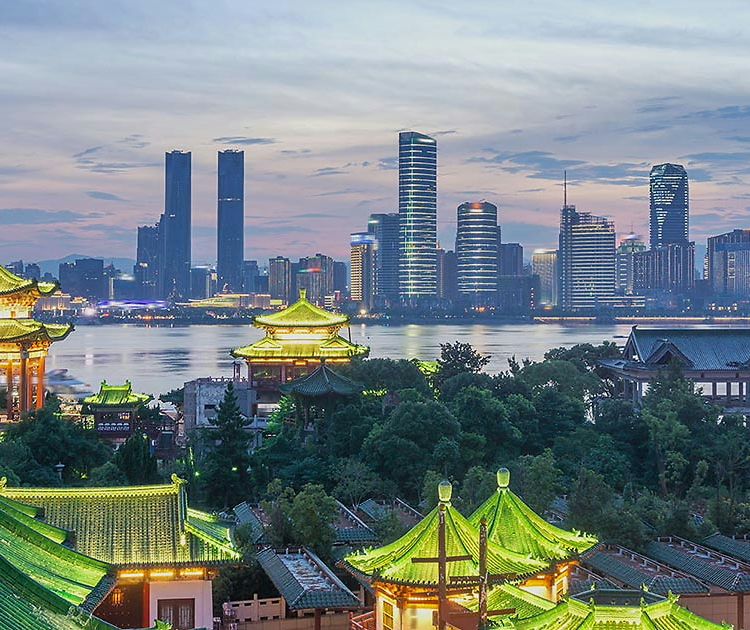For centuries, urban transport has been two dimensional, operating on or below the ground. Today’s cities now face new possibilities as advanced technologies are enabling urban transport to sustainably move into the third dimension—the airspace above cities. Derek Cheng, Head of Asia-Pacific, Airbus Urban Mobility, is on the front lines of this major change: he is collaborating with the Shenzhen Municipal Commerce Bureau, and the local innovation ecosystem, to accelerate and deploy urban air mobility solutions in Shenzhen and China’s Greater Bay area. For Derek, Shenzhen—a metropolis of over 13 million people—will provide invaluable insight into the wide-ranging impact urban air mobility could have on future city living, as well as regional connectivity.
To address current and future urbanisation challenges, cities can play a major role in co-innovating with industry to adapt future solutions that will meet their needs, and, at the same time, ensure the sustainability and liveability of cities.
Derek Cheng, Head of Asia-Pacific, Airbus Urban Mobility
5 questions with Derek Cheng
Q. In your opinion, what is the biggest challenge facing cities today?
Rapid urbanisation is putting increased strain on existing urban transport systems. By operating in two dimensions—on or below the ground—urban mobility is vastly constrained. One of the most significant challenges facing cities is how to intelligently solve this issue. Mobility isn’t just about getting from A to B—it’s also an experience. Travel should be seamless, convenient and stress-free.
Q. How can cities help to create a sustainable future for our planet?
Cities can be drivers of change and lead the way. This applies not just to megacities, but to cities of all sizes. To address current and future urbanisation challenges, cities can play a major role in co-innovating with industry to adapt future solutions that will meet their needs, and, at the same time, ensure the sustainability and liveability of cities.
Q. How does mobility—and specifically urban air mobility—hold one of the critical keys to creating sustainable, more liveable cities?
Urban air mobility will offer more efficient point-to-point transport that is quicker and emission-free. It will help create more agile transport networks and bring new possibilities to connect in cities. This has the potential to positively influence a redistribution of urban population densities by enabling people to have more options on where to live and work (i.e. in the city or suburbs), which will open up new possibilities for urban planning and design.
Q. Airbus Urban Mobility is collaborating to deploy urban air mobility solutions in Shenzhen. What are some of the challenges and opportunities?
Shenzhen is a great location for urban air mobility. The Greater Bay area, which includes Shenzhen, Hong Kong, Macau, Guangzhou and seven other cities, is a hugely important region. It’s home to approximately 70 million people and contributes to 12% of China’s GDP. Enhancing mobility there will bring major lifestyle and economic benefits.
However, we must ensure urban air mobility can be integrated into the city’s existing infrastructure in a way that provides maximum societal benefits. To do so, we must first work closely with authorities, regulators and partners to increase awareness, and to foster public acceptance and regulatory adoption.
Q. How do you see urban air mobility integrated into our cities in 10 years’ time?
A decade from now, we expect to see a critical mass of cities in which urban air mobility is well-integrated into the inter-modal transportation network. In addition, we expect further technology advancements to serve a wider array of missions, including long-range, intra-city flight.

Derek Cheng is a speaker at the Urban Futures Global Conference, from May 22 to 24 in Oslo, Norway. He will speak about Airbus Urban Mobility’s collaboration with the city of Shenzhen to deploy urban air mobility solutions, including the challenges involved in doing so. See the UFGC speaker programme here.
